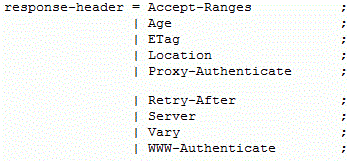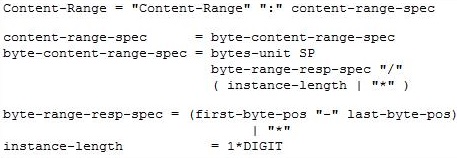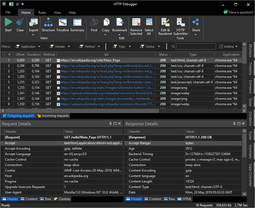The request header field allows clients to additionally pass request
information and client information to the server.
The structure of a request header looks like:

Where,
Accept field specifies media types which are acceptable for
response.

Here,
'*' is used to group media types in range
'*/*' indicate all media types
'type/*' indicate all subtypes of a type
Accept-Charset field indicates response acceptable character sets.
It makes clients capable to understand special-purpose character sets to signal
the server to represent the document in these character sets.

Accept-Encoding field is similar to Accept, restricts response
acceptable content-coding.

Accept-Language field is similar to Accept, restricts preferred set
of natural languages.

Authorization field is for user agents who wish to authenticate
themselves with the server.

Expect field indicates server behaviors required by a client.

From field contains e-mail address of a user who controls the
requesting user-agent.

Host field specifies the internet host and requested resource port
number from user URI.

If-Match field is used to make conditional methods.

If-Modified-Since field is used to make a conditional method. If the requested variant is not modified within the specified time, the entity will
not be returned from the server.

If-None-Match field allows efficient update of cache information
with minimum transaction overhead.

If-Range field allows clients to receive part of the missing entity
or otherwise, clients can ask to send the entire new entity.

If-Unmodified-Since field allows the server to perform requested
operation if it has not been modified since the time specified in this field.

Max Forwards field provides mechanisms with TRACE and OPTIONS
methods to limit the request forwarding proxies or gateways.

Proxy Authorization field allows client to identify to secure proxy.

Range field specifies the HTTP entities in HTTP messages represented
as a sequence of bytes. HTTP retrieval request requests one or more sub range
of entity using GET methods.
Referrer field allows clients to specify the address URI of the
resource from which Request-URI is found.

TE field indicates extension transfer-coding it can accept in the
response. Additionally, it indicates whether it will accept trailer fields in
chunk transfer-coding.

User-Agent field contains information about the requesting
user-agent.























































